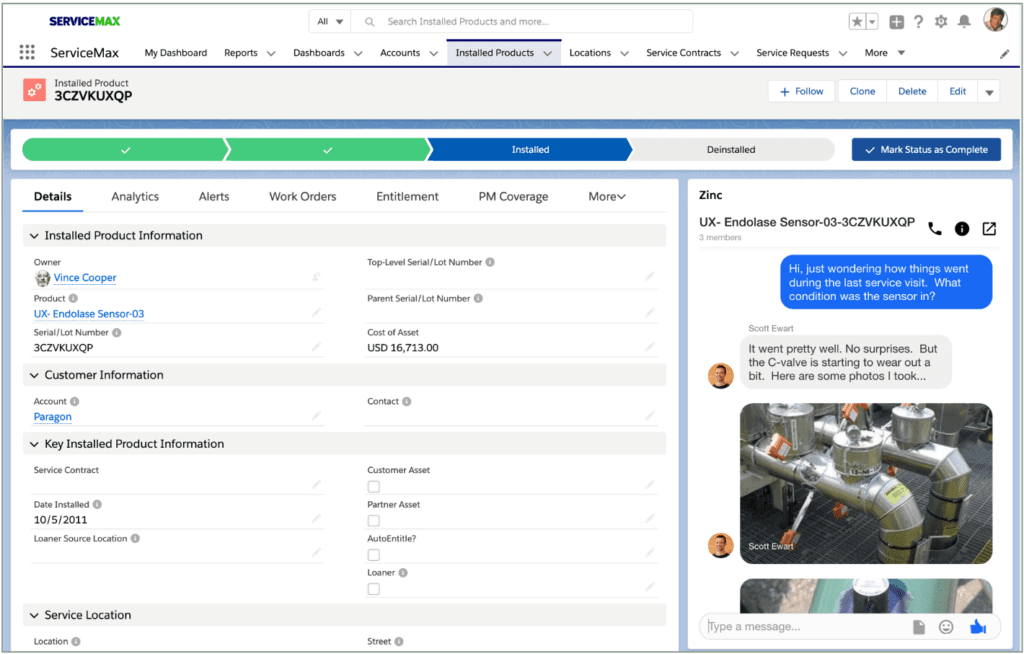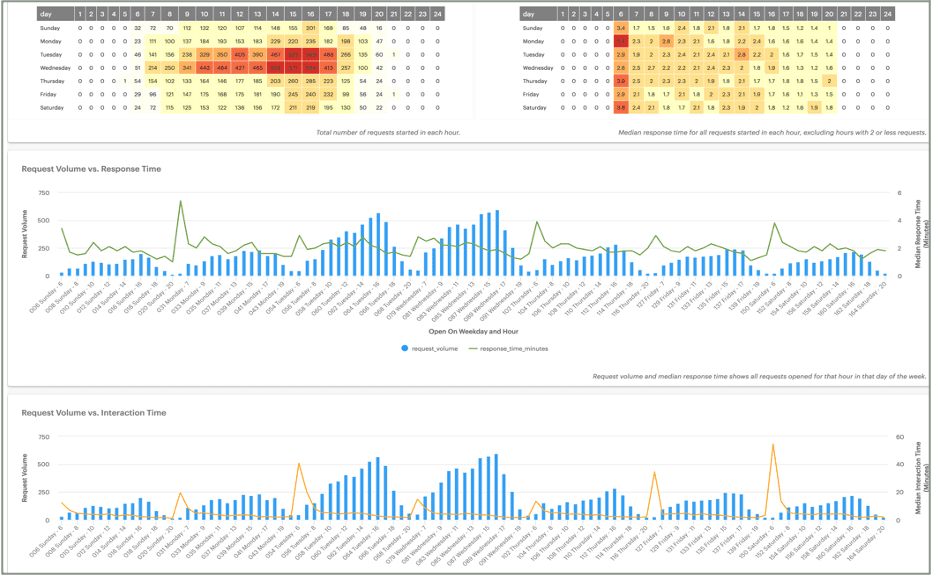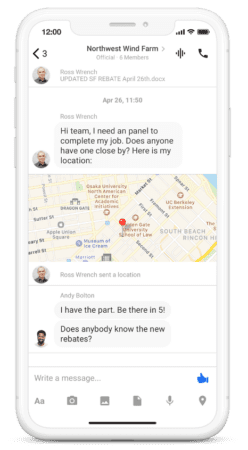For many customers, field service engineers look like lone superheroes. They show up, miraculously make everything work, and then drive off into the sunset.
What most customers don’t see is that field service is a team effort. Field engineers are able to save the day thanks to the support of dispatchers, parts specialists, remote support engineers, and lots of other teammates. They depend on the skills, expertise, and collective tribal knowledge of their wider service team.
With ServiceMax Zinc, we’re focused on connecting service technicians with the coworkers, knowledge, and answers they need to get high-quality work done quickly. Zinc is built on a three-layer foundation of Structure, Automation, and Visibility.
- Structure: The Zinc system helps keep communication tied to work context. It helps connect people with the best expert who can help with their problem right away. It tracks requests, questions, and answers, so valuable information that can be leveraged in the future is not lost.
- Automation: Zinc employs bots and artificial intelligence to quickly connect people to answers and information. This prevents time-sensitive questions from slipping through the cracks and ensures all stakeholders remain in the loop. Many ServiceMax customers use intelligent hotline bots to triage requests and automatically connect field technicians to subject matter experts.
- Visibility: Zinc provides managers and decision-makers with visibility into how the team is working. They can see who’s asking for help, what issues they’re struggling with, and who’s assisting them. This data gives insight into the types of jobs where field engineers most often run into problems and need help. Managers can also verify that communications have or have not been received and see where follow-up may be required.
Structure: Collaboration, in Context
Zinc integrates with data in ServiceMax and builds collaboration functionality directly into the tools field engineers are already using—ServiceMax Go, Service Board, ServiceMax Core, and Salesforce. The goal is to make it easy to keep conversations linked to service records and help explain the context around a question or comment.

From a Work Order in Go, it’s easy to jump into a group chat group linked to that specific work order and chat right in the Go app. And if a field engineer reaches out for help from a Work Order, that context is captured, the support session transcript is attached to the Work Order, and questions and answers are searchable right inside ServiceMax. There’s no need to open up a different app and find the right conversation. Everything is right there in the Go app—or Service Board or ServiceMax.
Automation: Eliminate Routine Collaboration Tasks
Zinc uses artificial intelligence to automate as much communication as possible, making life easier for everyone and ensuring nothing slips through the cracks.

Bots can automatically bring people into conversations and send notifications whenever a Work Order, or any other record, is created or changes in any way. If a field engineer needs help from a remote expert, a Smart Hotline bot can ask them questions and dynamically route them to the right team of experts—or even troubleshoot the issue and walk them through how to solve it step-by-step.
Oversight: Maintain Accountability and Improve Operations
Finally, Zinc provides visibility and oversight for managers and administrators. Features like Hotlines let help requests be tracked and give visibility into how long it’s taking to get help and what kinds of problems people are running into. Broadcast analytics make it easy to see and confirm who has received an essential piece of information and follow up with people who have not.

Compliance and data security are upheld through the entire process as team members have no need to share potentially sensitive information via personal messaging systems—ownership of all data remains within the organization. And all conversations may be accessed in the future for audit and analysis.
Not just another messaging app

The best communication tool for the field is one that’s been designed for the field. Such tools must look and feel like popular messaging apps—they must be easy to learn and effortless to use. Many service organizations use popular communication platforms like Microsoft Teams, WhatsApp, text messaging, and email. But to meet the needs of the widest audience, these tools are designed to be as generic as possible. They lack key functionality required in the field.
Zinc looks and feels a lot like popular messaging apps. We make sure there are features useful for field service situations. For example, hands-free mode, where the app reads messages out loud, is great when you’re busy working with your hands. Live annotation overlay on video calls makes it easy to call out the exact part or component you’re talking about on a machine. And photo text scanning, which lets you copy text directly out of a photo, means that if you need to send a coworker a serial number or component name you can just snap a photo instead of typing it in by hand.
Learn more about Zinc
Watch Zinc in action, or visit Zinc Intelligent Remote Service to learn how Zinc connects the entire service team with the people, information, and knowledge they need to do their best work.


Share this: